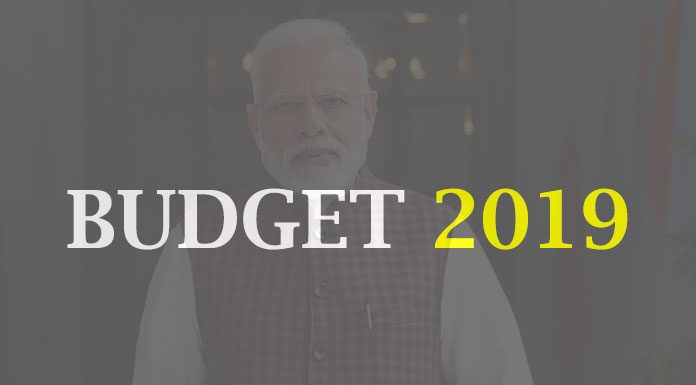The National Association of Software and Services Companies (NASSCOM) has submitted an extensive recommendations document to the Prime Narendra Modi government for their consideration for the upcoming Union Budget. The IT industry lobby body said that it has explored the industrial requirements and perspective of various stakeholders taking their immediate benefits into account to ensure they don't face any roadblocks in their growth trajectory.
The powerful industry association asserted that with the industry accounting for over 6.6% of the nation's GDP and employing over 4.1 million skilled individuals, it clear that it has a multiplier effect on India's economy and promoting it is crucial to achieve the $5 trillion GDP milestone by 2024.
Nasscom is looking at a tax-friendly Special Economic Zone policy for the next 20 years along with incentives for R&D investments in technology, talent development and reskilling. The industry body is also encouraging funding for technology startups and easing taxation regime for the digital economy and promoting ease of doing business.
India's strength in IT-BPM services must be consolidated
- Establishing a tax friendly Special Economic Zone policy for the next 20 years would help retain existing tax benefits as well as continue to generate employment while increasing foreign exchange earnings.
Incentivising R&D based investments
- India's Engineering, R&D market has grown to USD 30 billion in the financial year 2019 and is estimated to touch USD 42 billion by 2022.
- While there has been a continued focus on encouraging IT adoption and allocation of funds across sectors like an Innovation fund for secondary education, currently there are no specific incentives for R&D for IT companies.
- For this NASSCOM has said that measures to promote the creation of intellectual property in ER&D through incentivising investments in centres of global MNCs in India and nurturing 1000 technology spin-offs from the ER&D centres in India by especially through 3D printing can help generate direct and in-direct employment for 350,000 people by 2025.
Incentivising talent development and skilling
- Building on NASSCOM's initiative to inculcate a well-equipped and future ready workforce in the industry, they have recommended setting a budget of Rs. 500 crore for the financial year for co-funding talent development and re-skilling in IT services.
- With a requirement to reskill 40% of the country's 4 million strong IT workforce to cope with emerging technologies, it is recommended to incentivise firms by promoting expenditure on developing skills and training programs undertaken by the industry.
Grow India as a technology start-up hub
- Continuing their efforts to ensure innovation among start-ups and enterprises keeps on flourishing, they have recommended investments be encouraged through Long Term Capital Gains from the sale of shares unlisted companies being made exempt from tax while Short Term Capital Gains being taxed at 15% instead of the current income tax slab of the individual.
- Investors who invest in eligible start-ups with an intention of value accretion should be benefitted with tax deductions, on the lines of Singapore and UK.
- Start-ups and SME's with a turnover of less than INR 50 crores should also be exempted from MAT.
Ease taxation regime for digital economy
- There must be adequate clarity provided with respect to the Significant Economic Presence provisions. These should also be aligned with the proposed consensus of the G20 and Organisation for Economic Cooperation and Development.
- Tax credit of Equalisation Levy must also be extended and made available to foreign companies operating in the home country.
Promote the ease of doing business
- By reducing 18.5% rate of MAT for companies especially those with a turnover of upto Rs 250 crore and clarifying that secondment of employees would not constitute a service PE for the foreign entity, would help businesses function more effectively.
- There must be clarity on tax treatment of compensation received on termination or modification of the terms of the contract.
Invest in e-waste management
- NASSCOM has recommended the introduction of a point-based reward system of E-waste recycling credits for formal organisations to incentivise them to channel their e-waste through government-approved recycling centres.
- Co-funding incentives should also be provided to metropolitan city governments to set up new recycling units through public private partnerships with large e-waste companies.
- NITI Aayog, MeitY and the Central Pollution Control Board may also be involved for this stage for industrial consultations to devise a roadmap for a long-term solution for e-waste management.











